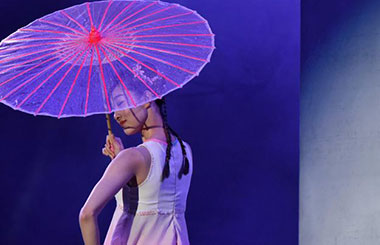Identity of ancient royal tomb occupant confirmed
By WANG KAIHAO and SHI XIAOFENG ( China Daily ) Updated: 2016-03-03 03:01:15
|
A set of ancient chime bells is displayed at the Capital Museum in Beijing on Wednesday. Jiang Dong / China Daily |
The identity of the occupant of a prominent ancient royal tomb has been confirmed, archaeologists said in Beijing on Wednesday.
The tomb in Nanchang, the capital of Jiangxi province, which dates to the Western Han Dynasty (206 BC-AD 24), is that of Liu He, the first of four generations to hold the title Marquis Haihun, researchers said.
He was also a dethroned emperor whose reign lasted just 27 days.
Unearthed relics had helped greatly with the identification, said Xin Lixiang, head of an expert panel from the State Administration of Cultural Heritage.
Xin said three items had been particularly important.
"A personal jade seal with Liu's full name found inside the inner coffin alongside his remains was the crucial identifier," Xin said. "The discovery of a letter by Liu to the emperor written on a bamboo slip and his name written in ink on gold ingots also reaffirmed the identification."
The identification result was announced at the opening ceremony of an exhibition at the Capital Museum in Beijing, which features more than 400 recently unearthed Marquis Haihun cultural relics.
Xin said the jade seal is not among the items on display, as it is being cleaned. "We also found several extremely delicate lacquer containers alongside Liu He's remains that held jadeware," Xin added.
About 10,000 cultural relics, including lacquerware, bronze and jade artifacts, have been unearthed at the 40,000-square-meter grave site since the archaeological project began in 2011. More than 280 gold ingots and discs as well as 2 million copper coins have been excavated.
The exhibition will run until June 2.
Only 1,000 visitors are allowed each day until March 18. After this, the quota will rise to 5,000. All quotas in the first week have been reserved.
Xu Changqing, director of the Jiangxi Archaeological Research Institution, said the 3,000 well-preserved bamboo slips and nearly 100 wood panels hold important historical clues. "It will take perhaps 10 years to decode the information to gain a clear understanding of the social structure, rituals and folklore at that time," he said.
"We aim to have the relics included in a UNESCO World Cultural Heritage site."
Yang Dandan, spokesman for the Capital Museum, said no lacquerware or bamboo slips are being exhibited due to the need to preserve them.
In the Book of Han, an official chronological history compiled in the first century AD, Liu was described as a debauched man with a licentious lifestyle.
"Perhaps this is an exaggeration because history is often written by winners," Xu said. "After failing in political conflicts, it was only natural that Liu would attract a degree of notoriety. Judging from our findings, Liu appears to have been a man with well-cultivated and wide interests."
For example, a rough examination of bronzeware excavated from Liu's tomb showed it was produced in earlier dynasties. Although most of it was collected by his father, the findings possibly indicate that Liu also collected antique relics.
Lei Xiaoxun contributed to this story.
Contact the writers at wangkaihao@chinadaily.com.cn
|
|
|
|
|
|
|
|
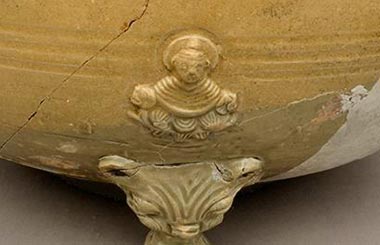


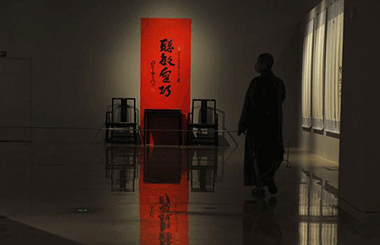
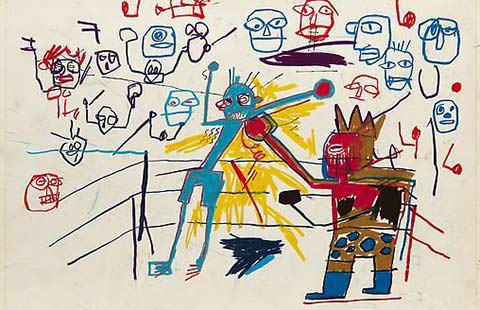


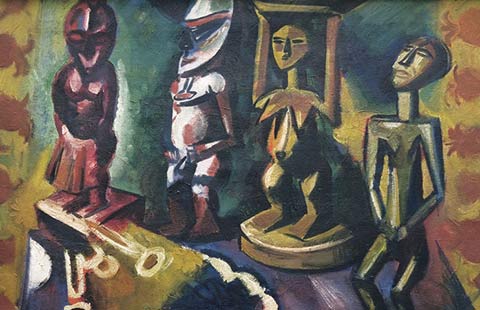

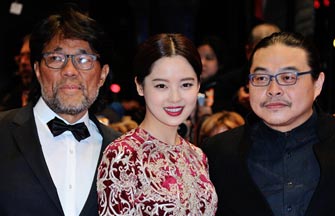

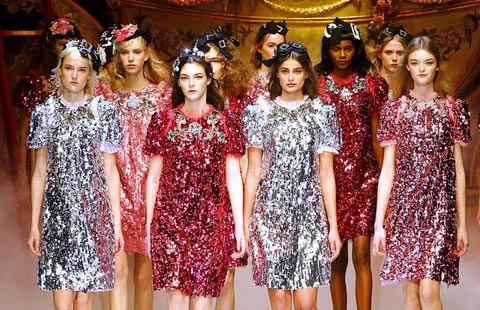
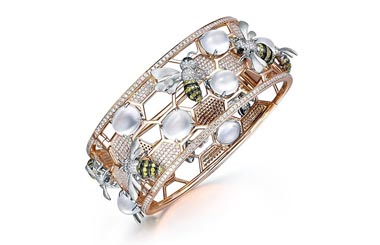
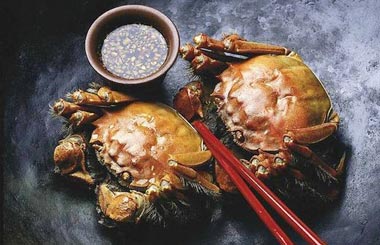
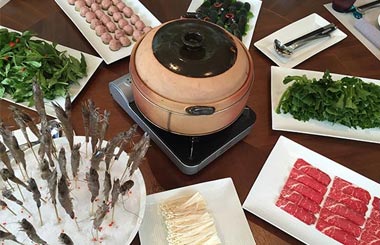







 Raymond Zhou:
Raymond Zhou: Pauline D Loh:
Pauline D Loh: Hot Pot
Hot Pot Eco China
Eco China China Dream
China Dream China Face
China Face

